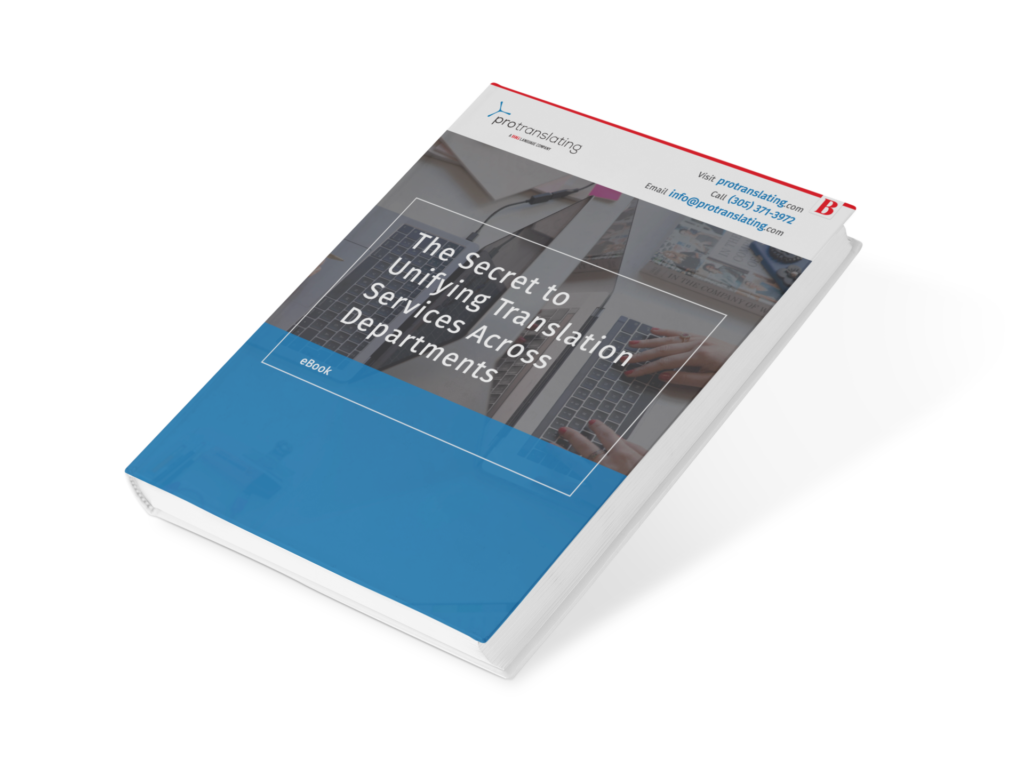From the tone of voice to look and feel, consistency in branding worldwide can be a challenge to achieve. This blog explains how to overcome common pitfalls.
Most companies will have established brand guidelines for their content and marketing operations. Yet, it is still common to see divergent approaches for print collateral, pitch decks, digital marketing, and other materials prepared by different departments when content localization is needed.
For companies to achieve consistency, the focus should be less on how to enforce the “global” guidelines and more on creating those guidelines with all markets and languages in mind.
More Than Words: Challenges in Brand Cohesion
Part of the brand cohesion challenge is linguistic. Depending on the country and language system, the text might read left to right and may require a reorientation of layout to accommodate the new direction. While hyphenation is usually not acceptable for print materials, it may be needed in lengthy languages such as German, rendering the presentation (for instance, in slim text columns) a challenge to replicate. Even where the language is the same—as with U.S. and British English, for example—inconsistency in spellings can undermine perceptions of accuracy and professionalism in the finished text.
A similar picture applies when setting a preferred global “tone of voice.” What might prove effective in English-speaking markets—for instance, irreverence or deadpan humor—may not replicate so easily in countries and markets that prefer a more respectful or formal approach.
However, much of the challenge is cultural too. Different countries have different design and formatting preferences or practices, impacting everything from typefaces and font size used to paragraph spacing and justification/alignment of text. Typically, these local preferences also lead to inconsistencies in image choice and color use, resulting in striking visual differences.

How to Overcome Brand Dilution: Think Global
When brand guidelines are established and applied from the top down, it is not only that a company will face challenges enforcing their use in its various departments and agencies worldwide. More importantly, an Anglo-centric approach risks undermining the efficacy of content in local markets; for example, by communicating through branding that the company is not local at all.
In other words, it is not only the language that should be localized and transcreated as part of the translation process; so too must the content’s look and feel. This requires companies to consider their entire global audience when setting brand communication standards, from left-to-right reading languages and typefaces used to imagery and overall design/layout.
By considering, consolidating, and—crucially—finding a balance between the various linguistic and regional style needs, you can develop in-language brand communication standards that work for every country and target audience. Such an approach will improve brand and design consistency and enable your teams to communicate more effectively with customers, in one voice, worldwide.

To find out more about setting in-language brand communications standards, contact us today.







